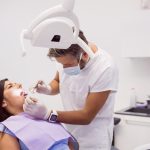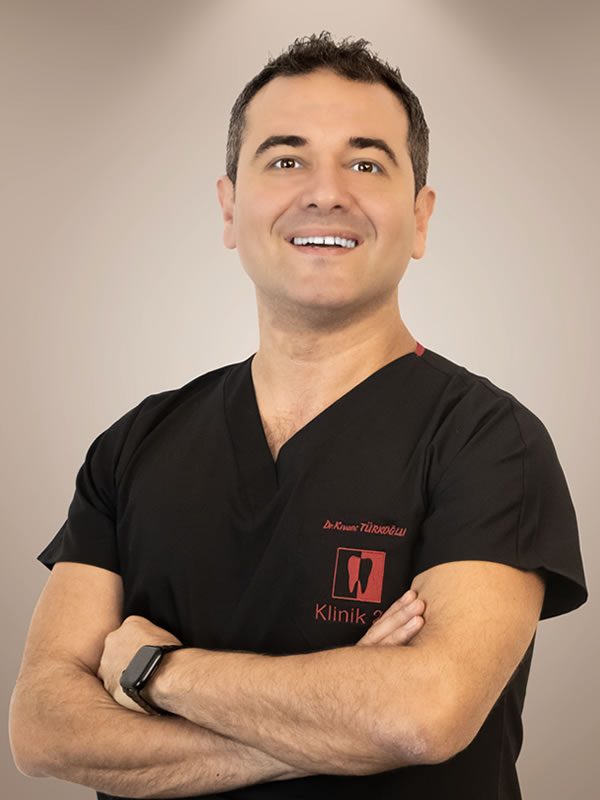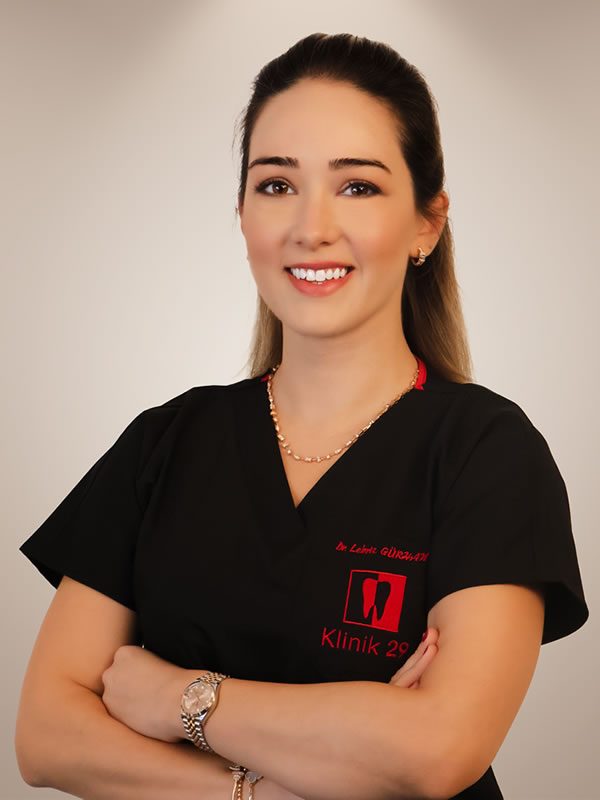
Orthognathic surgery is a surgical procedure aimed at correcting facial bone alignment and improving jaw harmony. This surgery is utilized to correct abnormalities in the jaw, face, and skull regions, providing both aesthetic and functional enhancements. In this article, you will find detailed information about the advantages of orthognathic surgery, the application process, and important considerations.
What is Orthognathic Surgery?
Orthognathic surgery is a surgical procedure designed to correct facial bone alignment and reshape the jaw. This surgery targets abnormalities in jaw positioning, facial imbalances, and issues with chewing functions. Orthognathic surgery not only enhances aesthetic appearance but also provides various functional advantages.
Advantages
- Aesthetic Improvement: Orthognathic surgery enhances aesthetic appearance by correcting facial symmetry and balance.
- Improvement of Jaw Functions: The surgery improves speech, chewing, and swallowing functions by correcting jaw positioning.
- Resolving Respiratory Issues: Jaw correction can address respiratory problems, particularly positively impacting conditions like sleep apnea.
- Reducing Head and Jaw Pain: Orthognathic surgery can reduce issues such as headaches and jaw pain.
- Ensuring Proper Alignment of Teeth: Jaw correction can contribute to better alignment of teeth.
Application Process
- Examination and Assessment: Before surgery, a detailed examination is conducted by a dentist and a maxillofacial surgical specialist to evaluate the patient’s condition.
- Treatment Planning: A treatment plan is created based on the patient’s needs, encompassing pre and post-surgery processes.
- Surgical Procedure: Surgery is typically performed under general anesthesia, involving cutting, correcting, and repositioning bones in the jaw, face, or skull.
- Recovery Process: The patient’s recovery process is closely monitored after surgery. After a certain period, most patients are allowed to return to normal activities.
- Follow-up Check-ups: Regular check-ups are conducted after surgery to monitor the recovery process and apply corrective measures if necessary.
Considerations
- Effective Communication: Maintaining good communication with the doctor before and after surgery is crucial for the patient.
- Adherence to the Recovery Process: Compliance with the recommended post-surgery instructions is critical for successful recovery.
- Patience During the Recovery Process: A complete recovery process can range from several weeks to a few months. Patience is crucial.
- Regular Check-ups: Regular check-ups after surgery are essential for monitoring the recovery process and early detection of potential issues.
Orthognathic surgery is an effective surgical option that provides aesthetic and functional improvements. However, since each patient is unique, the treatment plan should be tailored to individual needs. Therefore, individuals considering orthognathic surgery should engage in comprehensive consultations with a dentist and surgical specialist.



















